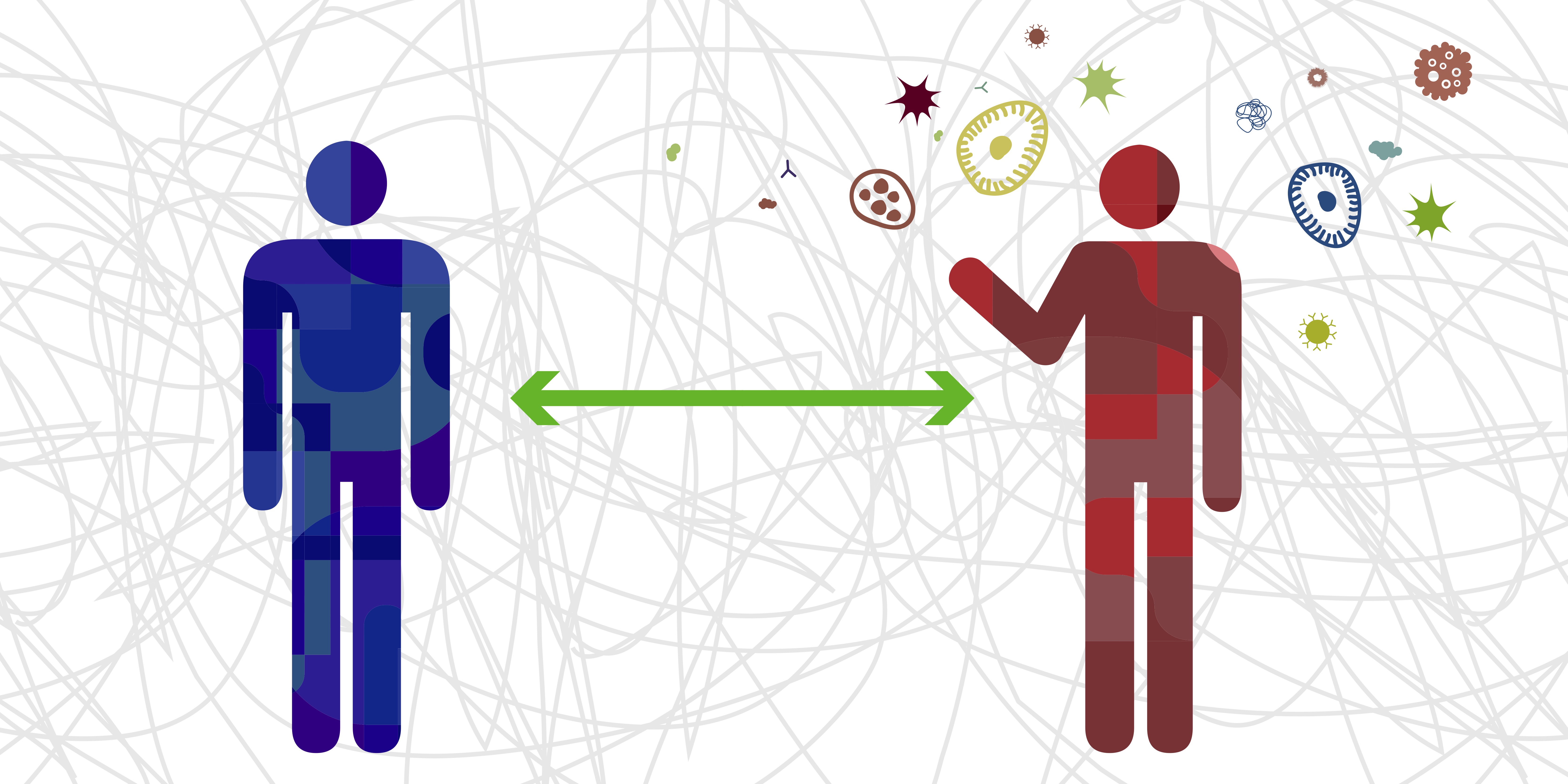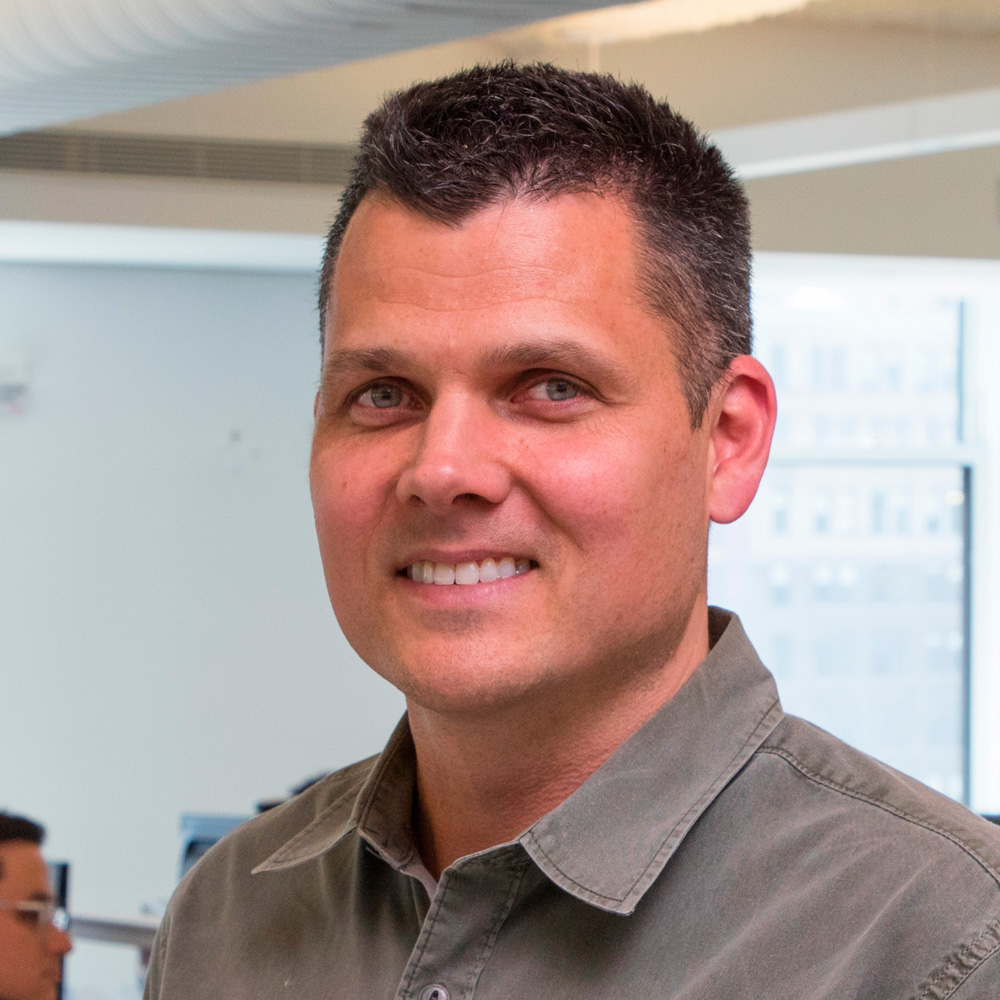Social distancing: What is it and how can it slow the spread of coronavirus?
As the number of coronavirus cases continues to grow, social distancing appears to be the best way to curb the pandemic

There are a lot of people who are confused about what social distancing means and how to best practice it to stay safe as the coronavirus outbreak continues to spread throughout the U.S. and the world.
And there are a growing number of people on social media who are growing frustrated with those who are not heeding the warnings from health officials. The hashtag #StayTheFHome is trending on twitter, as many are continuing to frequent bars and restaurants despite the grave risk that this behavior poses to the overall population.
- Coronavirus checklist: What to buy to keep yourself safe
- Here's where to buy Clorox wipes
- Coronavirus maps: How to track the spread of COVID-19
Recent reports have shown that infected people without symptoms might be driving the spread of coronavirus more than we realized. This includes a large coronavirus outbreak in Massachusetts.
As reported by CNN, “it appears that a Massachusetts coronavirus cluster with at least 82 cases was started by people who were not yet showing symptoms.”
And more dramatic measures could be coming. Dr. Anthony Fauci, the director of the National Institute of Allergy and Infectious Disease, said he would not rule out a temporary national lockdown. He'd "like to see a dramatic diminution of the personal interaction that we see.”
The smartest thing that people can do right now is practice social distancing. Here’s what it is and how it can help.
What is social distancing?
According to John Hopskins University, “social distancing is a public health practice that aims to prevent sick people from coming in close contact with healthy people in order to reduce opportunities for disease transmission.”
Get instant access to breaking news, the hottest reviews, great deals and helpful tips.
The CDC defines social distancing as it applies to COVID-19 as "remaining out of congregrate settings, avoiding mass gatherings, and maintaining distance (approximately 6 feet or 2 meters) from others when possible."
It also says that social distancing means "remaining out of places where people meet or gather," and "avoiding local public transportation."
"I would like to see a dramatic diminution of the personal interaction we see in restaurants and in bars," Dr. Fauci says about the coronavirus. Young people are not immune: "There are going to be people who are young who are going to wind up getting seriously ill" #CNNSOTU pic.twitter.com/iF5J2gcctaMarch 15, 2020
Part of the challenge, though, is that many of those who are infected do not know that they have COVID-19 because they are not exhibiting symptoms. That’s why state and local governments are taking matters into their own hands.
Many states have now banned any large public gatherings of 250 or more, and some cities are deciding to shut down all restaurants and bars with the exception of take-out or delivery orders. This is something that Hoboken has just put into effect, which includes a 10 PM curfew.
How social distancing can ‘flatten the curve’
What health officials are trying to avoid is the continued exponential growth of COVID-19 infections, so that the U.S. does not mimic the explosive growth of cases in China and Italy.
Epidemiologists want to do what’s called flattening the curve of this pandemic. As NPR reports, “the idea is to increase social distancing in order to slow the spread of the virus, so that you don't get a huge spike in the number of people getting sick all at once.”
It’s these huge spikes that can overwhelm our medical systems, which includes access to mechanical ventilators. This has already happened in Italy.
Important to remember that #Covid-19 epidemic control measures may only delay cases, not prevent. However, this helps limit surge and gives hospitals time to prepare and manage. It's the difference between finding an ICU bed & ventilator or being treated in the parking lot tent. pic.twitter.com/VOyfBcLMusFebruary 28, 2020
Drew Harris, a population health research at Thomas Jefferson University in Pennsylvania, has a created a graphic that has now been widely shared. The left side of the graphic shows what happens when we do not take protective measures, including social distancing, and the right side shows a more gently sloped curve that spreads out the number of cases over time.
The latter scenario still paints a picture that many would still be infected with COVID-19, but at a pace that hospitals could more easily manage.
If you like bouncing balls explaining how to slow down #coronavirus, my latest story in the @washingtonpost is for you: Why outbreaks like coronavirus spread exponentially, and how to “flatten the curve” https://t.co/28CQLp0XfcMarch 14, 2020
The Washington Post took things a step further by creating various simulations that tracked four levels of social distancing and their impact. The overall message was the same, but the difference in the peak between the free-for-all scenario and extensive distancing paints a dramatic picture.
The main takeaway: "A single person's behavior can cause ripple effects that touch faraway people."
Bottom line
Social distancing is not going to cure coronavirus, but it can slow the spread of this pandemic and give the health care system enough time to test and help those who already have the disease. And it could help prevent thousands — if not millions — from getting sick or possibly dying.
And as Dr. Fauci says, even if you are young or don't get seriously ill, "you could also be a vector or a carrier." And that's why "everybody has got to take this seriously."
Mark Spoonauer is the global editor in chief of Tom's Guide and has covered technology for over 20 years. In addition to overseeing the direction of Tom's Guide, Mark specializes in covering all things mobile, having reviewed dozens of smartphones and other gadgets. He has spoken at key industry events and appears regularly on TV to discuss the latest trends, including Cheddar, Fox Business and other outlets. Mark was previously editor in chief of Laptop Mag, and his work has appeared in Wired, Popular Science and Inc. Follow him on Twitter at @mspoonauer.

